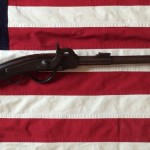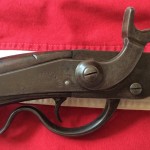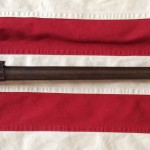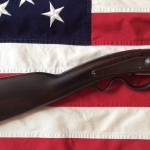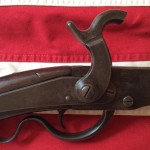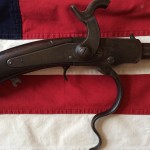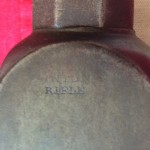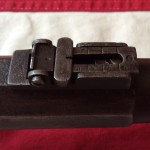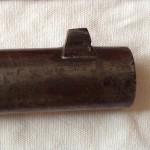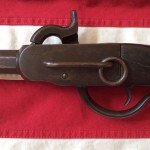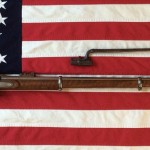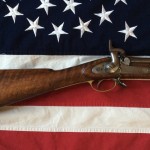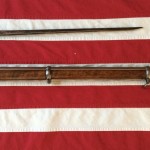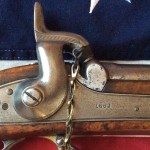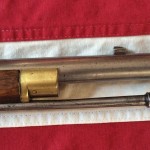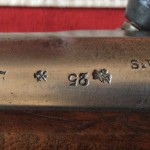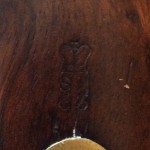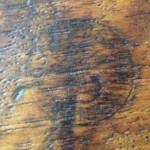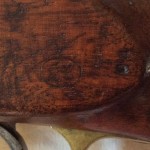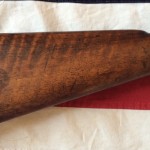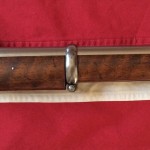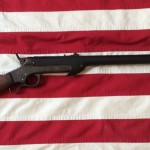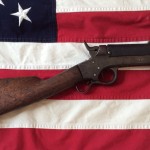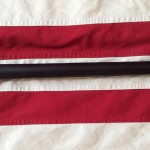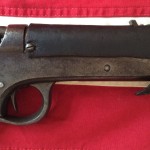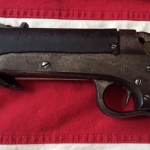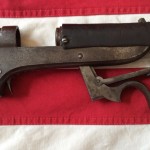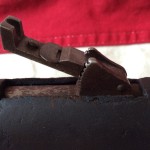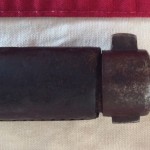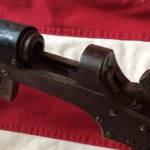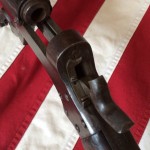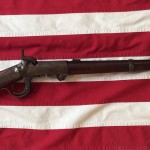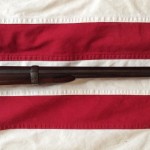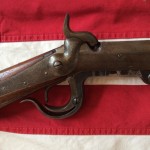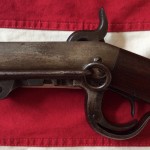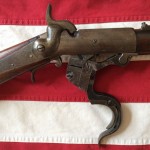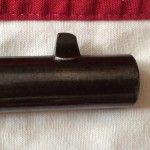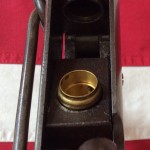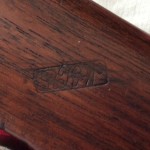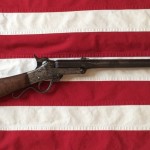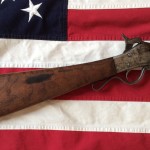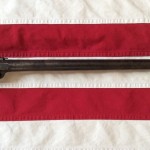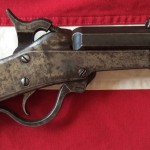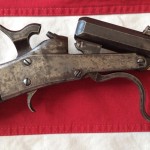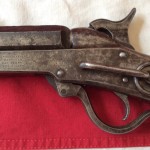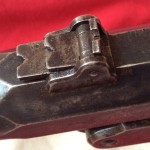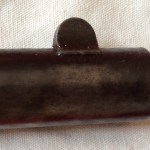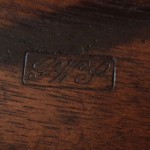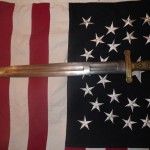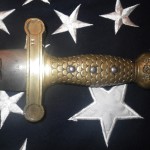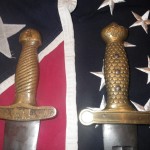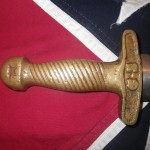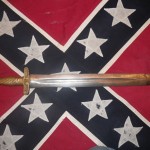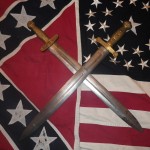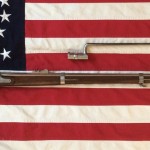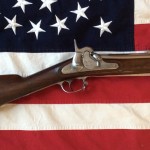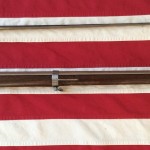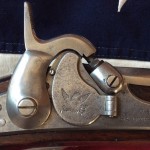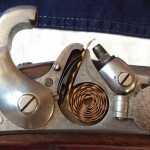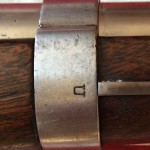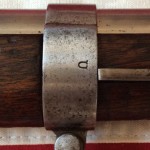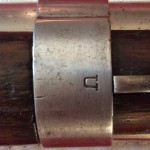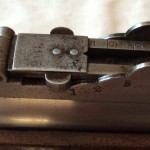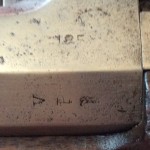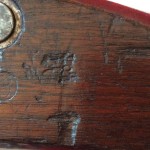Great question, I’ve been purchasing Civil War weapons for some time now and I’m always asked “how much is my civil war gun, knife, sword worth?” Well it seems these days many of us have an unrealistic impression as to what our CW items are worth.
Let me explain. First we need to differentiate between Union and Confederate pieces. Confederate pieces will always seek higher value then Union pieces unless the Union piece has provenance or was carried by someone of historical significance. Many newbie Civil War collectors want to buy a long rifle, carbine or maybe a sword to start their collection. So they go on the internet or to the next antique gun show and they buy the first gun or sword they see not understanding its true value.
Then you have the owner of Civil War weapons who may have inherited Civil War items from a relative or purchased a couple pieces a few years back, they over paid for the gun or sword and now they not only want to get their money back but they want to make 50% premium, sorry but it doesn’t work like that.
It’s my opinion that the best way of understanding value of Civil War weapons is to do your research. There are many reference books that have been published over the past 10 years that are an absolute must for all CW collectors. These books are written by the experts in the industry and many have 100’s of high quality photos that always come in handy, I will mention a few of these books at the end of this post.
So back to value, there are many unscrupulous people out there that will take advantage of buyers of CW items if you don’t do your homework. When I first started collecting CW guns and swords I would buy the first item that came along only to see the same item at the next gun show for a fraction of the price and in better condition. This happened a few times before the light went off in my head. I started becoming more disciplined, I purchased all the research books I could to make me a better consumer.
I would recommend to all reading this post “DO NOT BUY CIVIL WAR GUNS OR SWORDS FROM ONLINE AUCTIONS” you have no recourse if the item doesn’t meet your expectations. It’s tricky when you purchase a gun/sword from an auction because of the percentage the auction house adds on after the auction is closed, and that amount is usually 15 to 20% on top of the winning bid.
You’re better off buying your CW items from the major dealers in the industry. I found that you can generally negoicate price with the prominate CW dealers and they usually have a 3 to 7 day buy back if you’re not happy with the piece. They want you to keep coming back so they’re going to treat you like a client rather than someone they won’t see again.
Many of the dealers have large inventories, since there always buying large collections of weapons and they need to turn over there inventory, so there willing to sell items at fair market value (sometimes even below) especially Union pieces. Let’s face it the Union made millions of weapons during the CW and there’s no shortage of those pieces. On the other hand the Confederate weapons that are a horse of another color. All Confederate weapons are considered rare, some more than others but never the less all Southern weapons are rare.
I’ve gotten to know some of the major Civil War dealers over the past few years and I can generally buy items well below market value because I pay my bills and I keep coming back time after time. Most of the weapons I buy these days are Confederate. I’ve purchased a number of Bowie Knives, Pikes, Carbines, Long Rifles and just about anything else that whistles Dixie. I have a nice collection of Richmond Virginia Long Rifles, short rifles and carbines and I didn’t pay more than $6500.00 for any of them, well below market value and yes I bought them from dealers, one of the big mistakes I made is I bought an 1863 Richmond Carbine from an online auction for $4600.00 only to receive it and find the barrel had been cut down. I had no recourse in returning the Richmond to the online auction so I ate the loss. That was a big loss to eat. DO NOT BUY FROM ONLINE AUCTIONS!!!!!!
So again I ask what is my Civil War weapon worth? I guess what someone is willing to pay for it.
If you have a Civil War weapon that you want to sell or just want to understand its value I can help. Email me at genx1969@yahoo.com and I will get back to you ASAP. If I can’t help you I may know someone who can.
If you have any Confederate weapons that you want to sell, I am always interested.
Gene West
civilwararsenal@yahoo.com
Reference books;
1.Confederate Bowie Knifes, By Jack Melton, Josh Phillips, John Sexton
2.Collecting the Confederacy, By Shannon Pritchard
3.Civil War Collectibles, By Russell E. Lewis
4.Civil War Firearms, By John F. Graf
5.Flayderman’s Guide to Antique American Firearms, By Norm Flayderman
6.The Civil War Collector’s Price Guide, By Stephen Sylvia

